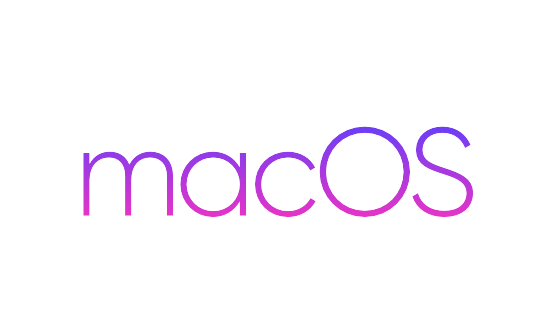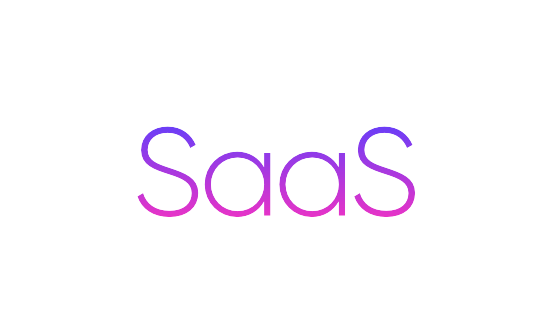SD-WAN helps businesses to deploy their wide area networks 100 times faster with 3 times the cost savings compared to a conventional WAN deployment.
Are you having issues with your existing network infrastructure? Do you have a migration strategy for the cloud? If you haven’t considered the advantages of a Software-defined WAN (SD-WAN) solution, now could be the time. Why? Why not? Since it is distributed through the cloud, SD-WAN reduces capital spending and simplifies network operations.
Traditional WAN systems mostly integrate a combination of both leased and public lines. MPLS, a traditional method of WAN connectivity, is used to allow you to assign preferences based on SLA guarantees, and to determine timeliness for traffic delivery. This becomes very important, especially for applications based on voice and video. Additionally, if the primary path becomes unavailable, traditional WAN leverages Internet-based backup as a secondary transport.
While traditional WAN may work well for some businesses but remaining in a traditional WAN architecture has its disadvantages.
SD-WAN
As it combines traditional WAN technologies such as MPLS and broadband services, SD-WAN is a unique approach to wide-area networking. This allows organizations to route traffic to remote locations and multiple offices. It provides enhanced monitoring and network traffic management capabilities while reducing networking costs. SD-WAN measures the traffic and selects the best real-time route for every data packet.
With SD-WAN, organizations can connect all of their offices to a cloud-based central network which can improve control and flexibility.
How does SD-WAN work?
SD-WANs operate on pre-existing network architecture by utilizing tunneling solutions. It basically operates a network on top of a network, where communication paths are unified, and the performance of applications is optimized. It gives businesses the option of connecting branch offices and the HQ office dynamically by leveraging internet and cloud capabilities along with integrated intelligence. That makes regional and global deployment of software-defined networks much easier.
The software-defined WAN architecture has several advantages which are missing from the traditional WAN. Some of the benefits would include:
- Taking advantage of cloud and internet traffic management capabilities between the headquarters / corporate office and its subsidiaries.
- Zoning of various branch offices using hybrid WAN + LAN concepts and segmentation of the network.
- Shorter delivery times when the introduction of a massive network covering a wide region would originally have required advance preparation and logistical support.
Traditional WAN
Traditional WAN technology has long served as the go-to platform for IT, voice, and data networking. A traditional WAN connects multiple local area networks (LANs) to each other through routers and Virtual Private Networks (VPN) and is used to connect more than one location to organizations. Traditional WANs rely mostly on multiprotocol label switching (MPLS), which provides a resilient and efficient flow of network traffic. That allows you to prioritize your network’s voice, video, and data traffic.
How does Traditional WAN work?
Traditional WANs are used to route IP services to their intended clients through the purchase and installation of proprietary circuits. This is achieved with underlying hardware layers in order to complete the networks as a whole. Owing to the number of hardware devices installed and processes required to handle network operations, the complexity of these types of networks makes management for IT departments a tedious and laborious endeavor.
- Safety is usually managed in the form of IP blocklists and access control lists to avoid the penetration of malicious traffic. All of this is handled centrally from the hardware routers and related software.
- Establishing additional branch offices and remote locations would require additional equipment which would in effect push up business costs.
Compared to SD-WANs the scaling of traditional WANs is more difficult. This is because careful preparation will have to be done in advance, along with getting the required logistical resources in order to set up the necessary infrastructure to get operations up and running.
What are the differences between SD-WAN and Traditional WAN?
Security
Traditional WAN is also deemed safe. Packets sent over an MPLS link are private and can only be accessed via the intended MPLS link, enabling secure communication from site to site.
By providing end-to-end encryption over a virtual private network (VPN) connection, SD-WAN will keep your data traffic secure. This technology also enables you to easily incorporate and integrate additional security layers, such as a firewall and associated threat management services.
Control and reliability
When you need to make improvements to your conventional WAN, this has to be done manually. This can take longer to develop in companies and decrease efficiency — especially those adding branch offices.
In the end, the choice between traditional WAN and SD-WAN depends on the situation of your company and on the current infrastructure. Many organizations make the switch to SD-WAN, but the circumstances of each are different. It comes down to what would be more important for your short-term goals and long-term needs.
Reliability and priority
Overall, conventional WANs running over MPLS deliver great service quality (QoS) as practically isolating packets prevents packet loss. This is most frequently achieved over one carrier-grade circuit connection. One thing to note though is that such MPLS bandwidth is usually more costly.
It’s important to decide what traffic gets higher priority, helping organizations ensure that their calls are not lost. Traditional WAN technology allows prioritization and can provide predictability and reliability to the traffic.
Research shows that SD-WAN is capable of reducing internet costs. This is because you don’t have to spend too much to upgrade your bandwidth, along with the opportunity to mix and match internet connections cost-effectively, depending on the form and quality of the content. SD-WAN can run on 4G LTE and broadband internet, which is typically less expensive than service delivered through an MPLS network.
SD-WAN lets you send your most important data traffic over the best-wired connection, along with dozens of options for application prioritization. This results in little or no loss of latency and of packets. In addition, if an outage occurs your traffic is instantly switched to another link.
Where are we going from here?
SD-WAN brings new agility and speed to the WAN while reducing the WAN solution’s total cost. The capabilities and definitions around SD-WAN solutions will shift over time as new technologies emerge. At least, you should be aware of the potential of SD-WAN that will have a positive impact on your business needs. And if these benefits correspond to your current goals, consider starting with a proof-of-concept SD-WAN to evaluate the value of the technology to your organization.
Looking for a strategy to improve your network more efficiently? Ready to have the right technologies to develop your business?
The only way to protect what you’ve worked hard to build is to be vigilant when it comes to cybersecurity. If you’d like to know more about how your business can benefit from managed services, just give us a call, we are here to help.
Traditional WANs based on conventional routers were never designed for the cloud. Basic SD-WAN vs Business-driven SD-WAN.











